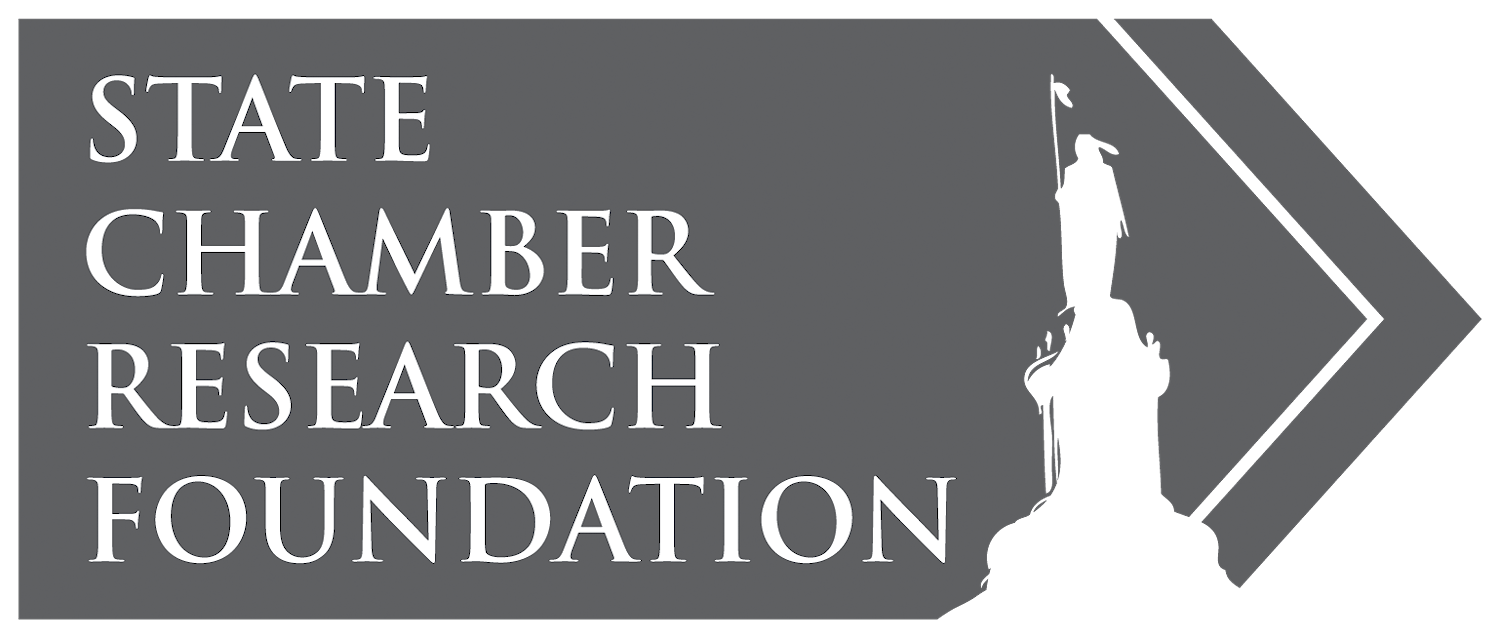
State Chamber of Oklahoma Research Foundation: A Comparative Analysis of States' Civil Service Reforms
Human capital management has been a longstanding challenge at all levels of government. In order to attract, develop, and retain a talented state workforce and deliver services to the public, the state must have a human capital management system that effectively accomplishes its goals. A merit system, first established for the federal government in 1883, aims to ensure fairness in human capital management practices while ensuring that state employees have certain protections from wrongful, adverse personnel actions. In the following century, many states followed the federal government’s path and adopted a form of a merit system. Since the 1990s, several states have reformed their civil service systems in ways that dramatically changed public employment rules and policies, especially in regards to the hiring, compensation, evaluation, and reward processes in those states. Oklahoma established its merit system in 1959 and has seen relatively few reforms to the system since then. The State Chamber of Oklahoma Research Foundation seeks to learn how other states have modified their civil service systems in attempts to match their workforce management needs.
Click the button below to view the View Report.
View ReportKey Findings
This review of civil service reforms in six states highlights promising practices, lessons learned, and reform options that promote accountability, efficiency, transparency, and fairness in the states’ management of public employment. The Academy found that improving efficiency and flexibility is a key focus of the reforms in all of these states, given that there is growing recognition that traditional merit systems impose constraints that may no longer meet the needs of rapidly changing 21st-century governments. Key findings of this report include:
- Many states have established at-will employment in state government. At-will public employment is the most controversial component of the civil service reforms examined in this report. While proponents emphasize flexibility and responsiveness, opponents argue that it is critical to protect public employees from political influences. This type of protection can entail delays and costs, and there should be a balance between efficiency and fairness.
- Pay for performance is another major component of many states’ civil service reforms. Research shows that the success of pay for performance largely depends on a robust performance management system, and Tennessee’s experience offers a good model for strengthening the state government’s performance management process to support pay for performance. Additionally, an effective pay for performance program requires adequate funding to reward high performers.
- There has been a long-standing debate about HR decentralization and centralization. A consensus among stakeholders is that some degree of centralization is necessary. All six states studied in this report have some level of external central oversight to enhance accountability, and some states with highly decentralized HR structures formed formal or informal networks for HR professionals to share practices and improve state HR management.
The case studies in this report also identify a variety of promising practices to enhance a state’s ability to attract and retain top talent, such as enhancing learning and development opportunities, streamlining recruitment and hiring, and strengthening employee engagement programs. The promising practices, lessons learned, and reform options identified in this report can serve as useful input for Oklahoma, as it considers reforming its civil service system. Even so, promising practices in one state might not be ideal for another state. There is no single best way to reform a civil service system. The key is to adapt these principles and practices to meet the state’s own needs and human capital goals.
Questions
If you have any questions or comments regarding our prospective study panels, please contact Brenna Isman, Director of Academy Studies, at 202-204-3625, or bisman@napawash.org.
